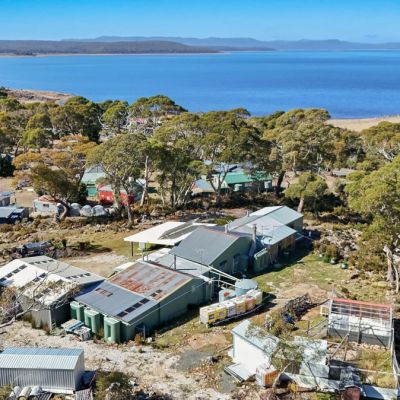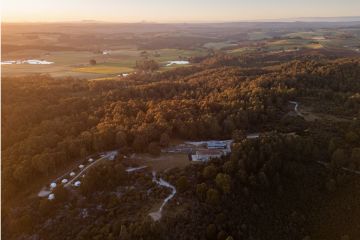What’s driving WA’s property investment surge?
Western Australia has seen a surge in property investment lending over the past five years, with recent Australian Bureau of Statistics figures showing an increase of more than 408 per cent.
The bureau’s latest figures reveal WA had the second-greatest increase nationally in the total value of property loans for dwellings that excluded refinancing, ranking only behind the Northern Territory, which grew by almost 750 per cent.

Queensland was ranked third with an increase of 306 per cent, followed by South Australia with an increase of just above 230 per cent.
According to the ABS figures, a total of $773.6 million was lent to people purchasing properties in WA in the September quarter of 2020. That rose to just below $3.936 billion by the September quarter of this year.
The state recorded a low of $482.5 million in the June quarter of 2020, as the effects of the COVID pandemic took hold across the world.
While almost every state had reached its investment peak during the September quarter of 2025, Tasmania’s highest investment period was back in March 2022 and the ACT reached its height by the following three-month period in June.
New South Wales and Victoria led the way for the states in the number of owner-occupier loans approved during the September with 4.9 and 2.4 per cent respectively, while the ACT saw an increase of 6.7 per cent.
WA recorded a 9.1 per cent increase in the number of investment loans approved, above only South Australia and the Northern Territory with 7.1 and 5.1 per cent respectively.
ABS head of finance statistics Dr Mish Tan said the number of new investment loans rose by 13.6 per cent nationwide during the September quarter.
“The number of investment loans in the September quarter has increased to its highest level since March Quarter 2022,” she said.
“Falling borrowing costs and low vacancy rates are favourable conditions for investors. Strength of lending for investment also pushed the total value of all new dwelling loans to a record high in September.”
The figures show there were 57,624 new investment loans approved in the September quarter 2025 nationwide, a 13.6 per cent rise compared to the previous quarter, and growth of 12.3 per cent through the year.
The total value of new investment loans was $39.8 billion in the three-month period, a rise of 17.6 per cent ($6 billion). The average loan size rose by $11,686 to $685,634.
Tan said the number of investment loans has increased since March 2023, reaching around 40 per cent of the total of new loans.
Property investment expert and Nu Wealth managing director Daniel McQuillan said his company had started to experience a significant pick-up in inquiries and activity at the end of 2020 when investors throughout Australia began to realise that property in WA – particularly Perth – was undervalued compared to the other states.
“No one would have dreamed back in September 2020 that Western Australia would become the superstar of the property investment market in Australia over the following five years when the quarterly property investment lending was recorded at just $773.6 million,” he said.
“Following the down turn in the WA economy from 2015 to 2020, property prices underwent a major downward correction making them very affordable and offering might higher rent yields compared to the eastern states.
“Property investor lending started to accelerate further when the State economy started to improve and the demand for housing surged especially after the pandemic.”
McQuillan said property prices and rents have surged in Western Australia in recent years, which has fuelled very strong investor activity in the local housing market.
“Confidence amongst investors also remains very high regarding the future prospects of the state economy, which has been underpinned by recent news stories about further housing shortages resulting from the AUKUS submarine agreement that will create more than 10,000 new jobs in Perth,” he said.
“As long as the state economy performs strongly and housing remains in short supply, then investor activity should continue to remain buoyant for the foreseeable future.”
However, that massive growth in lending may begin to moderate as property prices and yields in other capitals become more attractive to investors.
We recommend
States
Capital Cities
Capital Cities - Rentals
Popular Areas
Allhomes
More
- © 2025, CoStar Group Inc.










